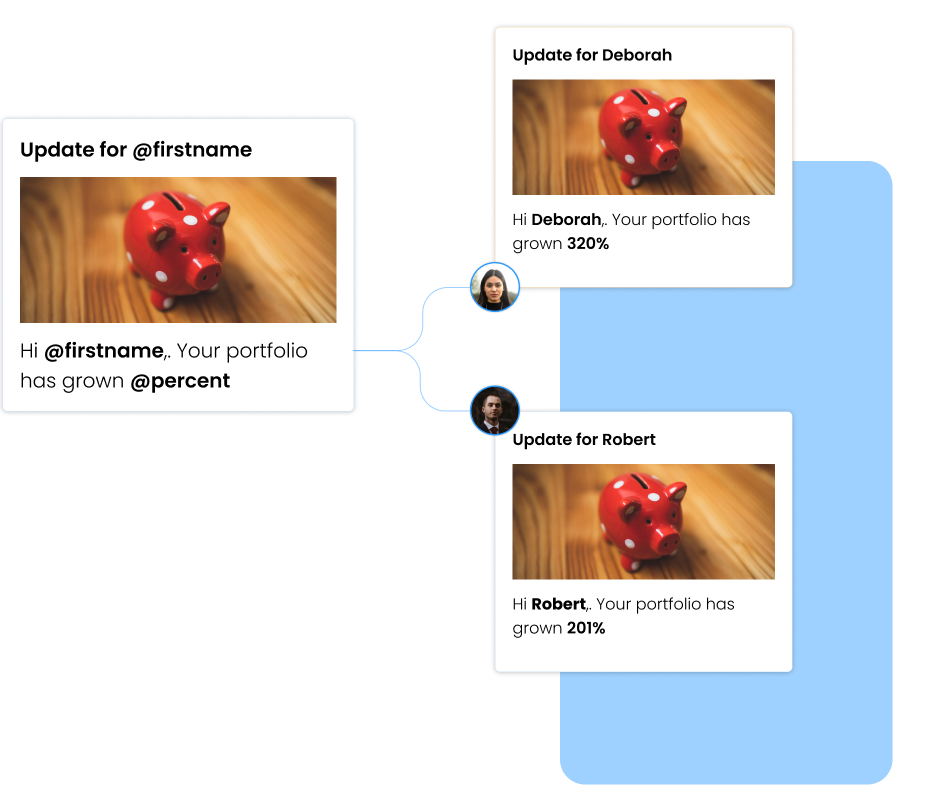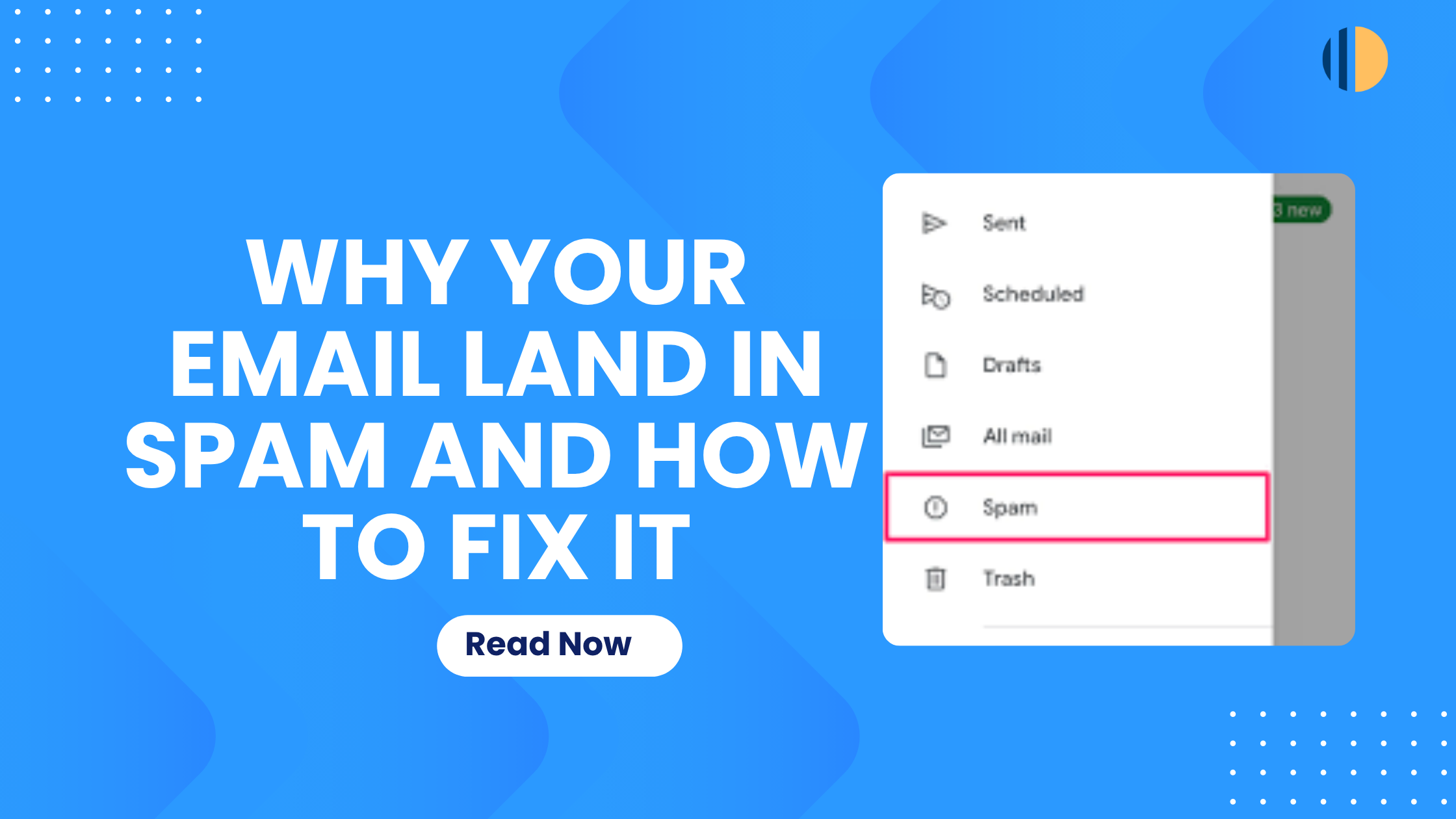Email marketing is one of the most effective tools for reaching and engaging with your audience, but only when done right. Many seasoned professionals find themselves struggling with the dreaded “email fatigue” – when subscribers simply stop engaging with their carefully crafted campaigns.
Unfortunately, many marketers make simple but costly mistakes that can lead to poor engagement, low conversion rates, and even damage to their brand’s reputation. With millions of emails sent daily, standing out in your subscribers’ inbox is not an easy task.
Whether you’re just starting your email marketing journey or have been crafting campaigns for years, understanding and avoiding these common pitfalls can be the difference between emails that convert and ones that get lost in the digital void. In this article, you will learn 21 common email marketing mistakes and how to avoid them, and increase your marketing conversions.
21 Common Email Marketing Mistakes and How to Avoid Them
Before diving into your next campaign, take a closer look at the most frequent email marketing mistakes and, more importantly, discover how to avoid them. Understanding these essential lessons will help you create campaigns that not only get opened but also drive meaningful engagement and conversions.
1. Failing to Build a Quality Email List & Buying Email Lists
Many marketers fall into the trap of prioritizing list size over list quality. While having a large subscriber base might seem impressive, sending emails to uninterested recipients inevitably leads to poor engagement rates and frequent unsubscribes. Moreover, purchased email lists often result in your messages being flagged as spam, damaging your sender reputation. Instead, focus your energy on building an organic, high-quality email list of genuinely interested subscribers.
2. Sending Generic Emails Without Personalization

One of the most common email marketing mistakes is sending generic emails. In fact, your subscribers expect more than just a blast of promotional content; they want emails that speak directly to their needs, preferences, and behaviors. Consequently, personalization not only makes your emails more relevant but also shows that you value your subscribers as individuals, not just as leads.
3. Failing to Test Your Emails
Experienced email marketers know that thorough testing is non-negotiable. Sending emails with broken links, formatting issues, or typos can instantly erode trust in your brand and waste valuable opportunities to connect with your audience. Furthermore, inconsistent rendering across different email clients can leave portions of your audience unable to properly view your carefully crafted content. Implementing a comprehensive testing protocol before each send is essential for maintaining professional standards.
4. Failing to Personalize Your Emails
Email personalization makes your subscribers feel valued, which is key to building lasting relationships with them. Furthermore, personalization is no longer optional – it’s a necessity for creating meaningful connections and driving conversions. Naturally, we all enjoy emails that speak directly to our needs or interests. Thus, when a brand tailors content specifically for us, it feels more relevant and valuable. This is why you should segment your email list based on subscriber behavior, preferences, and past interactions, and tailor the content to meet their specific needs.
5. Overlooking the Importance of Subject Lines
Your subject line is the first thing your subscribers see when your email lands in their inbox, and they play a crucial role in whether or not your email gets opened. Understanding the psychology behind effective subject lines is crucial for capturing attention and driving high engagement.
Here are proven strategies for crafting high-performing subject lines:
- Keep it short: Optimize for mobile viewing with 6-10 impactful words
- Create urgency: Strategically use time-sensitive language to prompt immediate action
- Be specific: Clearly communicate the value proposition within your email
- Ask questions: Engage curiosity with relevant, thought-provoking questions
- Test different approaches: Continuously refine your approach through systematic A/B testing
6. Neglecting Analytics

Sophisticated email marketing requires data-driven decision-making. Simply sending your emails without analyzing their performance is like navigating without a compass. Every campaign generates valuable data that can inform your strategy and improve future results. This is why you should carefully track important metrics like open rates, click-through rates, conversion rates, and unsubscribe patterns. With these metrics, you can identify trends, optimize your approach, and consistently improve your email marketing effectiveness.
7. Failing to Maintain Consistency
Consistency is key to building trust and recognition with your audience. We’ve all been there – enthusiastically starting an email marketing campaign only to let our messaging become inconsistent over time. Building trust with your audience requires consistent communication and reliability. When your emails vary wildly in tone, style, or timing, you risk confusing your subscribers and eroding the trust you’ve worked so hard to build. Remember, your subscribers chose to welcome you into their inbox; honor that trust with dependable, consistent communication.
8. Sending Too Many Emails
This is another common email marketing mistake you need to avoid. As marketers, it’s tempting to want to stay top-of-mind, but there’s a fine line between being present and being pushy. When subscribers feel overwhelmed by frequent emails, they’re likely to tune out completely or, worse, hit that dreaded unsubscribe button. Instead, treat your subscribers’ inbox space with respect by developing a thoughtful, balanced email schedule that keeps them engaged without feeling bombarded.
9. Sending Emails at the Wrong Time or to the Wrong Recipient
Picture this: you’ve crafted the perfect email, but you send it when your audience is fast asleep or deep in their workday. Timing truly is everything in email marketing. Your perfectly crafted message loses its impact when it arrives at an inconvenient time or reaches the wrong person. Take time to understand your audience’s daily rhythms and preferences, and use this insight to deliver your messages when they’re most receptive.
10. Complicated Email Content
Clarity, as they say, is currency. Your subscribers are likely processing dozens of emails daily, making simplicity and directness essential. While it’s tempting to pack emails with information, a focused message with a clear hierarchy will consistently outperform cluttered content. Structure your emails with scannable sections, compelling subheadings, and strategic white space. Most importantly, guide your readers toward a single, well-defined call to action that stands out and drives results.
11. Poorly Editing Your Email Content

In professional communication, credibility is paramount. Even minor grammatical errors can undermine your expertise and distract from your message’s value. While automated tools provide an excellent first line of defense, developing a robust proofreading process ensures your communications maintain the highest standards. Consider implementing a peer review system for important campaigns – fresh eyes often catch what automated tools might miss.
12. Delaying Campaigns
Delays can result in lost opportunities, especially if you are responding to timely events or promotions. While thorough planning is essential, perfect timing rarely exists. The key lies in finding the sweet spot between meticulous preparation and timely execution. Develop a content calendar that allows for both planned campaigns and timely opportunities, ensuring your message remains relevant while maintaining professional quality. Bear in mind, a campaign delivered on time often outperforms a perfect campaign delivered too late.
13. Ignoring Email Marketing Laws
Complying with email marketing laws builds trust and protects your brand reputation. Every email sent should reflect your commitment to protecting subscriber privacy and respecting their choices. Clear permission before sending marketing emails and an easy way for subscribers to manage their preferences are essential. Transparency about data usage forms the foundation of lasting subscriber relationships.
14. Neglecting A/B Testing
A/B testing transforms email performance, yet many marketers shy away from implementing it consistently. Testing different elements, like subject lines to CTAs and send times, helps you gather concrete data about what resonates with your audience. Regular testing serves as a compass for continuous improvement, guiding each campaign toward better engagement and conversions.
15. Not Sending a Welcome Email
A welcome email sets the tone for your entire email relationship, acting as your brand’s digital handshake. With welcome emails consistently achieving higher open and click-through rates, missing this opportunity means losing your best chance to make a lasting impression. Create a welcome sequence that introduces your brand, sets clear expectations, and starts building that crucial connection with new subscribers.
16. Including Too Many Images
Striking visuals enhance messages, but balance remains key. Too many images transform carefully crafted emails into slow-loading burdens for subscribers. Quality over quantity ensures your message remains clear even when images don’t load. Each second of loading time costs valuable engagement opportunities. Choose images thoughtfully and optimize them for both impact and performance.
17. Ignoring Unsubscribe Requests
Your unsubscribe process speaks volumes about your brand’s respect for subscriber choices. Keep it straightforward and accessible. When subscribers want to leave, honor their decision promptly. Also, regular email list cleaning of inactive subscribers maintains healthy engagement rates and sender reputation.
18. Poorly Crafted Subject Lines
Your subject lines create your email’s first impression. Generic phrases blend into inbox noise and waste valuable opportunities to connect with your subscribers. Craft subject lines that capture attention while staying true to your email’s content, making every character count toward driving opens and engagement.
19. Not Optimizing Your Campaigns for Mobile
Most emails are read on mobile devices, making optimization crucial for success. Messages lose impact when subscribers struggle to read or navigate them on smaller screens. Ensure your emails look stunning and function flawlessly across all devices, creating a seamless experience that keeps subscribers engaged.
20. Forgetting a Clear Call-to-Action (CTA)

Every email needs a purpose, and your CTA bridges your message to measurable results. Whether promoting a webinar or showcasing a new product, your CTA should stand out and guide subscribers naturally toward the next step. Make it compelling, clear, and impossible to miss – even the most engaging email falls short without clear direction.
21. Ignoring Spam Filters
Emails won’t drive results if they never reach the inbox. Spam filters assess every aspect of your sending practices, making it crucial to maintain standards that keep your emails in the primary inbox. Build a strong sender reputation through clean lists, reputable email services, like Go-Mailer and content that resonates with your audience. Earning inbox placement carries equal weight to creating compelling content.
Conclusion
Email marketing success comes down to precision, relevance, and timing. Avoiding common mistakes ensures your emails not only reach subscribers but resonate and drive engagement. Each misstep corrected is a step closer to building trust, increasing open rates, and maximizing conversions. When email campaigns are designed with strategy and care, they do more than communicate; they build connections, foster loyalty, and support long-term growth. Take these insights, refine your approach, and create impactful email campaigns that truly stand out.




